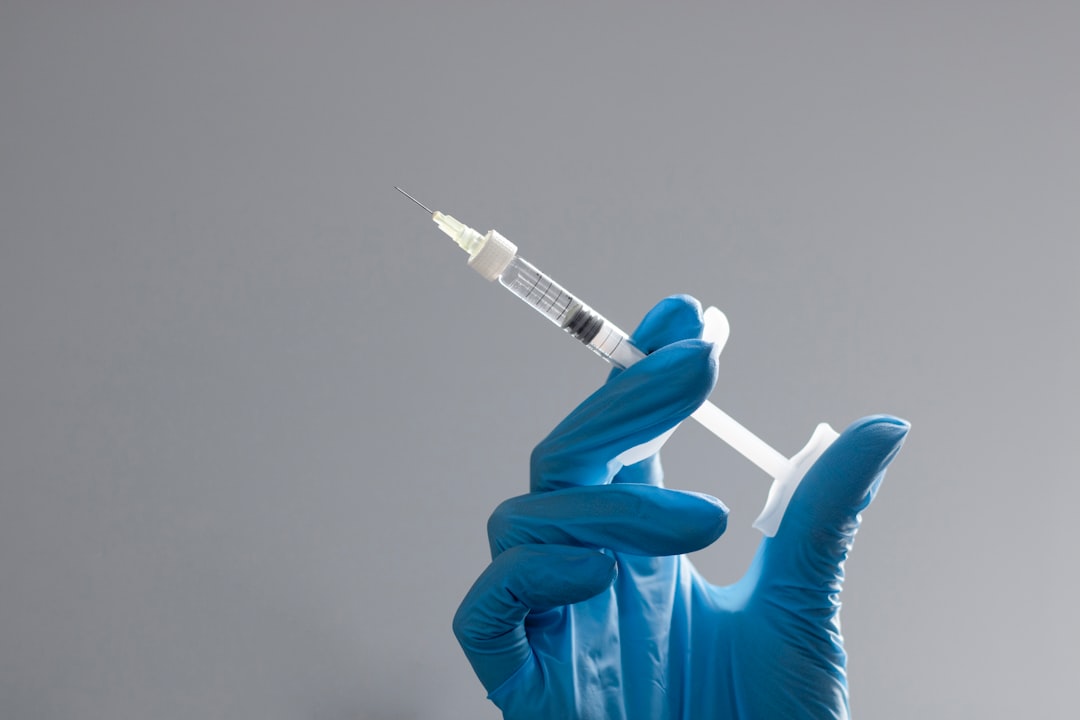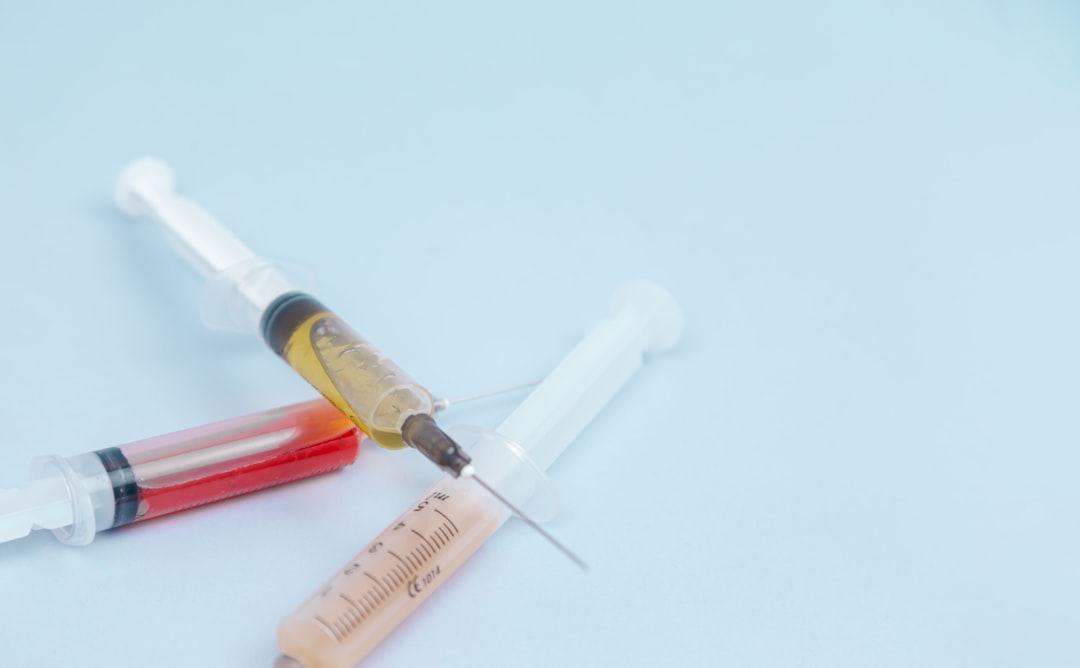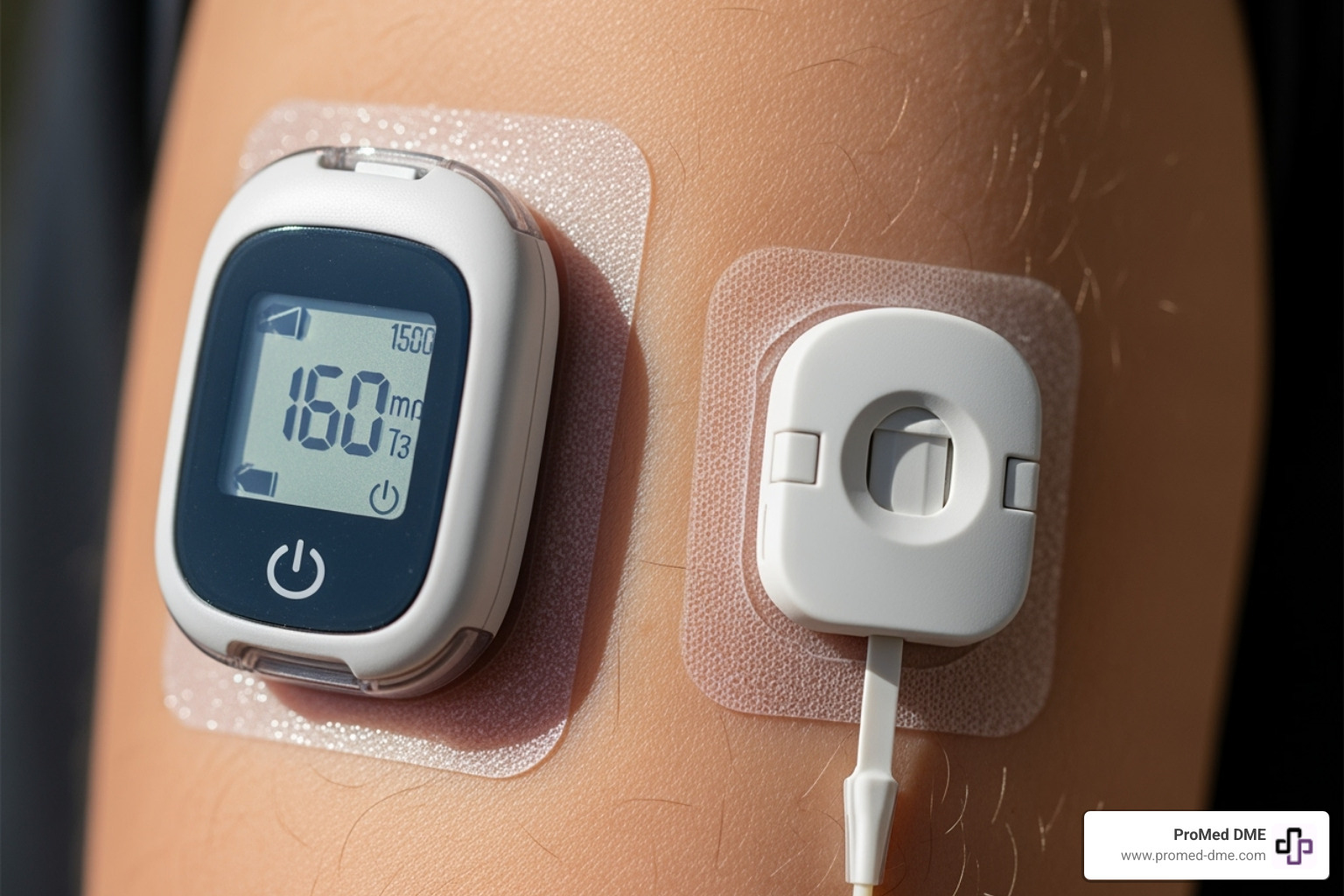-

Introduction
Struggling with an enlarged prostate? If you're over 50, your chance of facing this issue, known scientifically as Benign Prostatic Hyperplasia (BPH), increases significantly. As the prostate expands, it presses against the urethra, potentially causing discomfort and a range of urinary symptoms. It's a problem that can leave you pacing the bathroom floor at night and searching for answers during the day.
Understanding BPH and its Impact on Urinary Health
As we age, our bodies change, and for most men, this includes the size of the prostate. It's a little less talked about than gray hair or reading glasses, but it's a fact of life. The cause of BPH isn't entirely clear but it's known that hormones play a role, with changes in testosterone and estrogen levels being key possible triggers. Symptoms may include frequent urination, urgency, weak flow, and nocturia—having to wake up multiple times at night to empty the bladder.
The Role of Catheters in Managing BPH
Enter the role of catheters. Specifically, catheters for BPH can prove to be a life-changing solution, providing immediate relief from urinary symptoms and significantly improving quality of life. But understanding the why, how, and which one of catheterization can be a lot to handle. That's why we're here— to guide you through this chapter with confidence and simplicity.
Wondering what to expect from this comprehensive guide? Here's a brief snapshot:
- Understanding the need for catheterization in managing BPH
- The process of how catheterization is performed
- The different types of catheters for BPH
- How to choose the right catheter size
- Managing BPH symptoms with self-intermittent catheterization
- Other treatment options for BPH
And most importantly, how we at ProMed DME can assist you in this journey. Let's dive in!
Understanding Catheterization for BPH
Catheterization is a common procedure used in the management of several urological conditions, including benign prostatic hyperplasia (BPH). Let's break down what catheterization is, why it's necessary for BPH, and how it's performed.
What is Catheterization?
Catheterization is the process of inserting a thin, flexible tube, known as a catheter, into the bladder to drain urine. Catheters are often used when normal urination is hindered due to medical conditions or physical obstructions.
Why is Catheterization Necessary for BPH?
In patients with BPH, the prostate becomes enlarged, causing pressure on the urethra. This pressure can obstruct the flow of urine, leading to urinary difficulties. That's where catheters come into play. They provide a direct route for urine to exit the body, bypassing the obstruction caused by an enlarged prostate.
A key point to remember is that catheterization isn't a cure for BPH. It's a temporary solution that provides immediate relief from urinary symptoms. However, it's crucial for preventing complications such as urinary infections and kidney damage caused by urinary retention.
How is Catheterization Performed in BPH Patients?
Catheterization for BPH patients should be done by a trained healthcare professional. In some cases, patients may be taught to self-catheterize at home.
Here's a simple breakdown of the procedure:
- The healthcare professional will first clean the area around the urethra to prevent infection.
- A catheter, usually a Coude or straight tip catheter, is then gently inserted through the urethra into the bladder. A Coude catheter, with its slightly curved tip, can be particularly useful for navigating the enlarged prostate.
- Once the catheter is in place, urine will start to drain into a collection bag.
- After the bladder is emptied, the catheter is carefully removed.
It's important to note that catheterization should be comfortable. If you feel pain during the procedure, inform your healthcare provider immediately.
Here at ProMed DME, we provide a range of high-quality catheters, ensuring that every patient can find the right fit for their needs. We understand that catheterization can be a daunting process, but we're here to guide you every step of the way, ensuring you receive the best medical products for your needs.
Types of Catheters Used for BPH
When you're dealing with BPH (Benign Prostatic Hyperplasia) or an enlarged prostate, finding the right catheter can make a world of difference. At ProMed DME, we offer multiple types of catheters, each designed to cater to different needs and situations. Let's take a closer look at some of these catheters.
Straight Tip Catheters

Straight tip catheters are the standard choice for many patients. As the name suggests, these catheters have a straight tip, making them easy to insert and use. They're flexible, and the insertion process is usually straightforward, making them a good option for those new to catheterization or those who don't have specific issues with their urethral anatomy.
Coudé Catheters: Ideal for BPH Patients

Coudé catheters, on the other hand, are designed for patients dealing with BPH, urethral narrowing, blockages, or scar tissue. These catheters have a curved tip, making them easier to navigate past an enlarged prostate or through a narrow urethra.
There are three main types of coudé catheters:
- Tapered Tip Coudé Catheter: A common choice, the tapered tip allows this catheter to navigate well through strictures or bypass enlarged prostates.
- Olive Tip Coudé Catheter: This catheter has a larger, rounded end that can help navigate past obstructions to the bladder, making it ideal for navigating through false passages.
- Tiemann Tip Coudé Catheter: This catheter has a longer, tapered tip and is more flexible, aiding in navigation through tight or narrow areas in the urethra.
The main advantage of coudé catheters is that they can make self-catheterization less painful for those who struggle with straight tip catheters. They can be a lifesaver for patients dealing with BPH and other conditions that make catheterization difficult.
The Optilume BPH Catheter System: A Revolutionary Approach

For patients looking for an innovative approach to managing BPH, the Optilume BPH Catheter System is worth considering. This system uses a balloon catheter to deliver a drug-eluting implant into the prostate, relieving obstruction and improving urinary flow. It's a minimally invasive procedure that can be a game-changer for patients dealing with severe BPH symptoms.
At ProMed DME, we understand that every patient's needs are unique. That's why we offer a range of catheters and other urology products to ensure you can find the right solution for you. Whether you're dealing with BPH or other urological issues, we're here to help.
Choosing the Right Catheter Size for BPH
When it comes to managing BPH symptoms with catheterization, it's important to get the details right. One of these key details is choosing the correct catheter size. Just like a key fitting a lock, the right catheter size can make all the difference in ensuring smooth and effective catheterization.
Importance of Correct Catheter Size
The size of the catheter directly impacts its effectiveness and the comfort of the patient. If it's too small, the catheter can kink as it navigates the prostatic urethra, leading to ineffective drainage and increased discomfort. If it's too large, it may cause trauma to the urethra and increase the risk of urinary tract infections. So, getting the right size is crucial.
Determining the Right Catheter Size for BPH
Catheter sizes are measured in French units (Fr), where one French equals one-third of a millimeter. For most men, a catheter size of 16 Fr is standard. However, for those dealing with BPH, a larger catheter (20-24 Fr) is usually recommended. This is because an enlarged prostate can make the urethra more susceptible to kinking, and a larger catheter can resist this and ensure smooth urine flow.
In some cases, medical professionals may recommend a Coudé catheter, which has a slightly curved tip. This can be especially helpful for patients with BPH, as the curved tip can help navigate through an enlarged prostate.
Of course, the final decision on catheter size should always be made in consultation with your healthcare provider. They will consider your unique anatomy, medical history, and personal comfort when choosing the right catheter size for you.
At ProMed DME, we understand the importance of getting your catheter size right. That's why we offer a range of sizes and types of catheters, including Coudé catheters, to meet the unique needs of our customers dealing with BPH. Our team is always on hand to provide advice and support, helping you make informed decisions about your health. Choosing the right catheter for BPH management doesn't have to be a daunting task - with ProMed DME, we've got you covered.
Managing BPH Symptoms with Self-Intermittent Catheterization
What is Self-Intermittent Catheterization?
Self-Intermittent Catheterization (IC) is a simple process where you insert and remove a catheter several times a day to fully empty your bladder. This process can be a short or long-term solution to manage BPH symptoms, especially when you're dealing with urinary retention.
Benefits of Self-Intermittent Catheterization for BPH Patients
The most significant benefit of self-intermittent catheterization is the control it gives you over your symptoms. By regularly emptying your bladder, you can avoid uncomfortable urinary retention symptoms and complications. It's a proactive approach to managing BPH symptoms, and it can be a game-changer for many men dealing with this condition.
Moreover, self-catheterization gives you a sense of independence and privacy. There's no need for a healthcare professional to perform the procedure. After proper training, you can handle it yourself, in the comfort of your own home.
How to Perform Self-Intermittent Catheterization Safely
While the thought of self-catheterization might seem overwhelming at first, it's a fairly simple process. Here's a quick step-by-step guide:
- Preparation: Gather all the necessary supplies, including your catheter and lubricant (if needed). Make sure your hands are clean and you're positioned comfortably.
- Insertion: Locate the urinary opening and gently insert the lubricated catheter until urine starts to flow.
- Draining: Once the urine flow stops, it means your bladder is empty.
- Removal: Slowly remove the catheter, rotating it slightly for a smooth exit.
- Clean up: Clean the catheter right away with soap and water and let it air dry. Store it in a clean container or a new zip locked plastic bag. Use a new catheter every 24 hours or sooner if needed.
At ProMed DME, we understand the apprehensions you might have about self-catheterization. We're here to guide you every step of the way, ensuring you have the right products and knowledge to manage your BPH symptoms effectively. Your health is our priority, and we're committed to making the process as simple as possible for you.
Other Treatment Options for BPH
We understand that catheters for BPH may not be the ideal solution for everyone. Fortunately, there are other treatment options available for managing BPH symptoms. These include prescription drugs, less invasive surgeries, and more invasive surgeries.
Prescription Drugs for BPH
If you're dealing with BPH, your healthcare provider might prescribe alpha-blockers or 5-alpha reductase inhibitors. Alpha-blockers like tamsulosin (Flomax®), terazosin (Hytrin®), and alfuzosin (Uroxatral®), relax the muscles in the prostate and bladder neck, making it easier to urinate. On the other hand, 5-alpha reductase inhibitors, like finasteride (Proscar®) and dutasteride (Avodart®), aim to shrink the prostate over time by blocking hormone production.
Less Invasive Surgeries for BPH
When medications aren't enough, less invasive medical procedures can help. Procedures like cystoscopy allow doctors to examine the urethra and bladder directly, providing valuable insights into the cause of obstruction. Laser therapy, such as Greenlight PVP, uses concentrated light to remove prostate tissue that's causing a blockage. Another procedure, urethral dilation, involves enlarging the urethra by inserting progressively larger tubes to provide relief.
More Invasive Surgeries for BPH
In some cases, surgery may be necessary. Procedures like prostate removal (simple prostatectomy) are often recommended for men with significantly enlarged prostates. If the issue is due to a urethral stricture, it may need to be repaired with a urethroplasty. In severe cases, a urinary diversion procedure may be performed, which reroutes the flow of urine from the kidneys to an opening in the abdomen.
Remember, the choice of treatment largely depends on the underlying cause of your BPH and your personal preferences. Always consult your healthcare provider when deciding on the best treatment option for you. Our team at ProMed DME is committed to supporting you throughout your management journey, providing the necessary medical supplies and advice to assist in your care.
Conclusion
The Importance of Proper Catheter Use in BPH Management
Navigating the challenges of Benign Prostatic Hyperplasia (BPH) can be a complex task. With urination difficulties being a central issue, the use of catheters for BPH becomes a crucial part of managing this condition.
The proper use and care of catheters is vital for effective bladder drainage. It's not just about inserting the catheter and forgetting about it. Ensuring the right size and type of catheter is selected, maintaining cleanliness, and following your healthcare provider's instructions can go a long way in preventing complications like urinary tract infections.
How ProMed DME Can Help with Your Catheter Needs
At ProMed DME, we understand the vital role that medical supplies play in managing BPH. We're not just a provider of high-quality catheters and other medical supplies. We're a committed partner in your health journey.
Our team simplifies the procurement process for you, handling all the billing and insurance paperwork to reduce the complexity of your order. We also provide upfront estimates of the out-of-pocket costs associated with your order if your insurance doesn't cover the supplies.
With our free, timely shipping, you can rest assured that your monthly supplies will reach you when needed. Our specialists can assist you in reordering your urinary catheter supplies, ensuring you never run out.
But our support doesn't end with the delivery of supplies. We also offer guidance in using these supplies effectively. If you need to use an intermittent catheter, a healthcare professional can teach you how to use the catheter correctly, reducing the risk of infection and ensuring effective bladder drainage.
At ProMed DME, we're with you every step of the way, ensuring that you receive the best care and supplies for your needs. So if you're looking for support in managing BPH, don't hesitate to reach out to us. We're here to help.

Related Resources & Articles
Stay informed with our informative blog posts.
Discover the ProMed Advantage
& Try Our Products
We offer free shipping and legendary customer service to ensure you receive the
best DME products for your needs.



